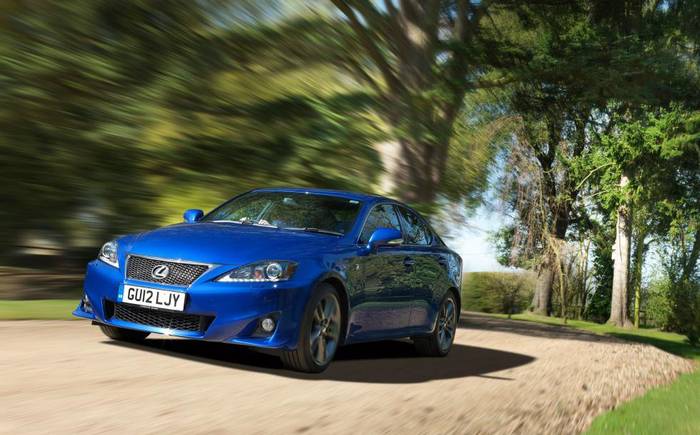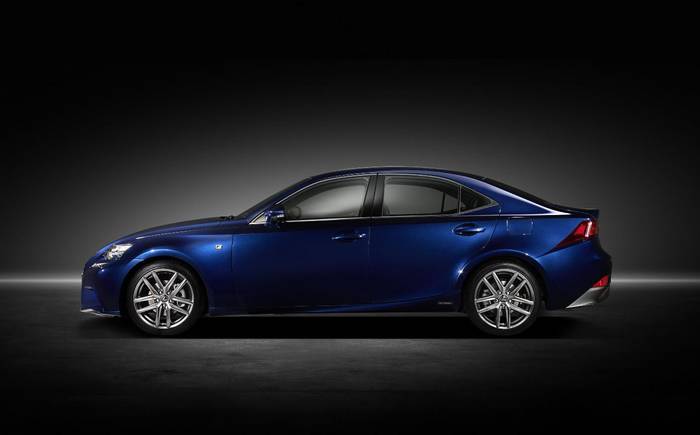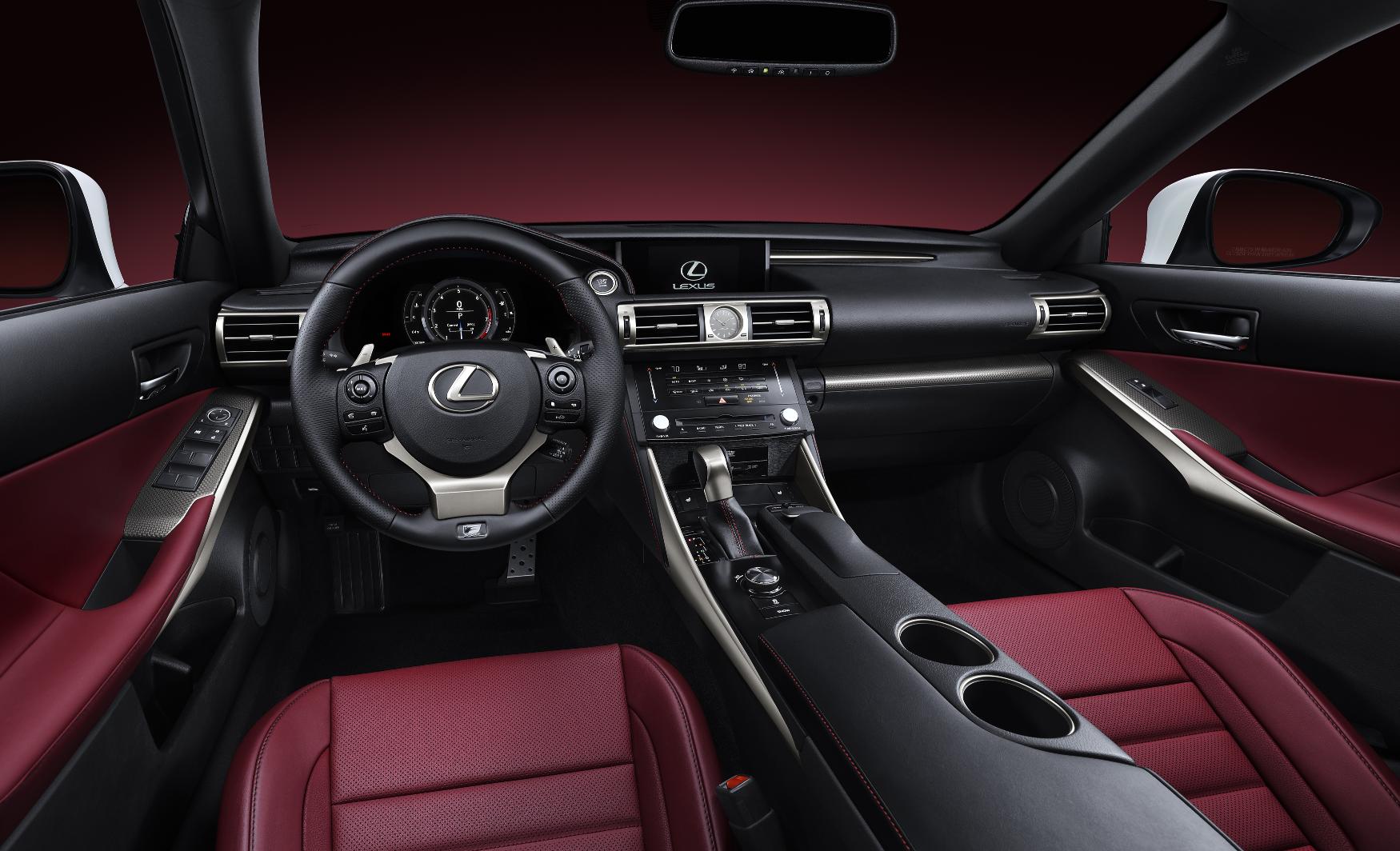Lexus IS Mk 3 review (2013-onwards)
Since the original model’s launch in 1998, the Lexus IS has grown into a well-regarded rival-with-a-difference to the BMW 3-series et al.

What is the Lotus IS Mk 3?
Since the original model’s launch in 1998, and save for a brief but regrettable association with the fictional radio presenter Alan Partridge, who drove one, the Lexus IS has grown into a well-regarded rival-with-a-difference to the BMW 3-series et al. The model reviewed here was launched at the Detroit motor show in January 2013 and went on sale in the UK a few months later.
Given company owner Toyota’s fascination with hybrid power, it should come as no surprise that the IS offers an electric-petrol powertrain in the line-up. It’s a confident gesture considering its main rivals from Germany all have a range of smooth, powerful and economical diesel engines to offer company car buyers who traditionally shop in this market, but it does at least provide a clear point of difference, which has always been Lexus’s thing.

There are two models, one badged 250 and powered by a 204bhp, 2.5-litre petrol V6 driving the rear wheels through a six-speed automatic gearbox; the other badged 300h and powered by a 178bhp 2.5-litre 4-cylinder petrol engine and 105kW electric motor, driving the same wheels through a CVT (continuously variable transmission) gearbox.
A choice of four trim levels ‒ SE, Luxury, F Sport and Premier ‒ provides rising levels of convenience and equipment. Of the four, F Sport is the most interesting since it provides two states of suspension: Normal for everyday driving, and Sport for improved body control and sharper steering responses. In addition to other sporty refinements including exterior changes and an exhaust noise generator to create a sportier engine note that can be more clearly heard inside the car, the F Sport has an instrument design inspired by the Lexus LFA supercar.
The drive
With a longitudinally mounted engine for good weight distribution and rear-wheel drive for entertaining handling ‒ a layout that, not coincidentally, it shares with its rival the BMW 3-series ‒ the IS should be an involving driver’s car with the ability to carve a smile on your face as big as its garish grille.
Sadly, it doesn’t, quite. On paper, the IS250 with its 2.5-litre V6 and extra horses, ought to kick the humble four-cylinder BMW 320i SE auto into the long grass, but the latter sprints from 0-62mph in 7.5sec compared with the heavier and thirstier Lexus at 8.1sec. Opting for the IS300h with its combined 220bhp – impressive for the money – is no answer. Thanks to a CVT gearbox that absorbs power like a sponge, the hybrid car rarely feels more than respectably quick, no matter what buttons you press.
Search for and buy a used Lexus IS on driving.co.uk
Still, it returns 65.7mpg on the combined cycle compared with the IS250’s 32.8mpg. The problem is, a good automatic diesel such as BMW’s 320d SE can almost manage that (62.8mpg) while providing more performance (0-62mph in 7.4sec) into the bargain.
To go with its more muted performance, the 300h has a ride tuned more for comfort. It’s by no means wallowy or floaty but ultimately, lacks the sophistication of a 3-series. Likewise, the steering is good enough but is marred by a little too much electronic intervention, which robs it of naturalness and feel. All that said, the car clings on through the bends remarkably well and can be hustled along entertainingly despite the CVT’s sponge-like qualities. The F Sport package brings larger 18in alloy wheels and stiffer suspension but all these do is firm up the ride without making the car any sharper to drive.
The interior
For all its technological sophistication and bold styling, the IS seems rather old-school inside. While rivals desperately eke out every millimetre of interior space in their bid to create a light, airy environment, the IS swaddles its occupants in a cramped cabin, short of legroom in the rear and made dark and claustrophobic by a deep waistline. On the upside, it’s all well screwed together and feels special and sporty, while the seats are among the most comfortable in the class. There’s a fair degree of road noise though, but that could be because the engines are so quiet, especially the four-cylinder hybrid in the 300h.
There’s no confusing the fascia with anything from Germany. It looks a little angular and over-designed, and in the way the two control areas (instrument cluster and centre console) are clearly separated, it lacks the cohesiveness of dashboards from BMW, Mercedes and especially Audi. However, unlike those cars, the IS bristles with features including touch-sensitive air conditioning controls and clever instrument graphics that change in accordance with the driving mode you select. On this subject, the F Sport also has the Lexus LFA’s unique, moving graphic display.
What to look out for
Lexus has an almost unrivalled reputation for reliability and customer service: in 2011, it scored top place as a brand in the UK What Car?/JD Power survey, with the IS the top-placed model for the third time. In 2012, Lexus lost the top spot to Jaguar, but the IS continued to be the highest-rated compact executive car. The IS also fares well in the warranty direct reliability index, though it was only 70th in the 2012 Auto Express Driver Power survey.
The one to buy
Lexus IS300h Luxury
Factfile
- Price:
- £30,995 (correct at time of first publication)
- Engine:
- 2494cc 4-cylinder petrol plus 105kW electric motor
- Power:
- 220bhp @ 6000rpm (combined)
- Torque:
- 163 lb ft @ 3000-4300rpm
- Transmission:
- Continuously variable (CVT)
- Acceleration:
- 0-62mph in 8.3sec
- Top speed:
- 124mph
- Fuel:
- 64.2mpg
- CO2:
- 103g/km
- Road tax band:
- B
- Dimensions:
- L 4665mm, W 1810mm, H1430mm
Lexus IS Mk 3 used car rivals for similar money





